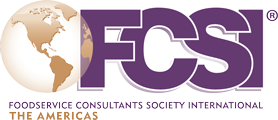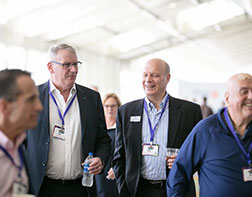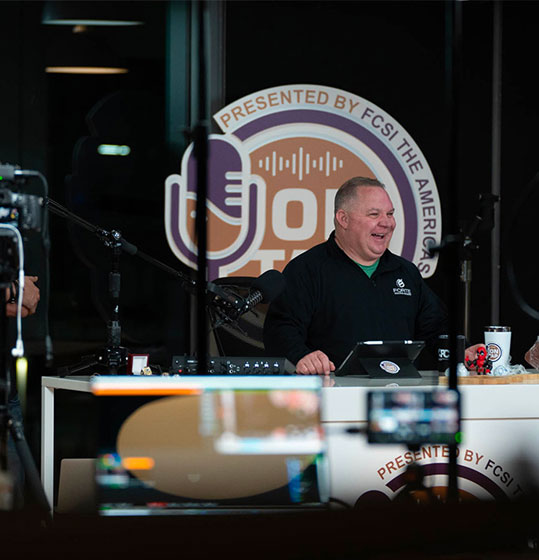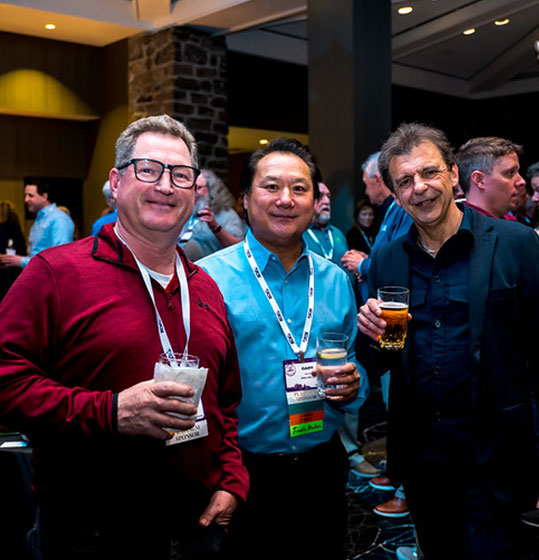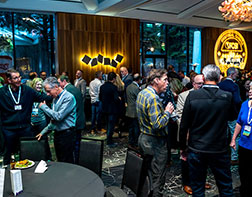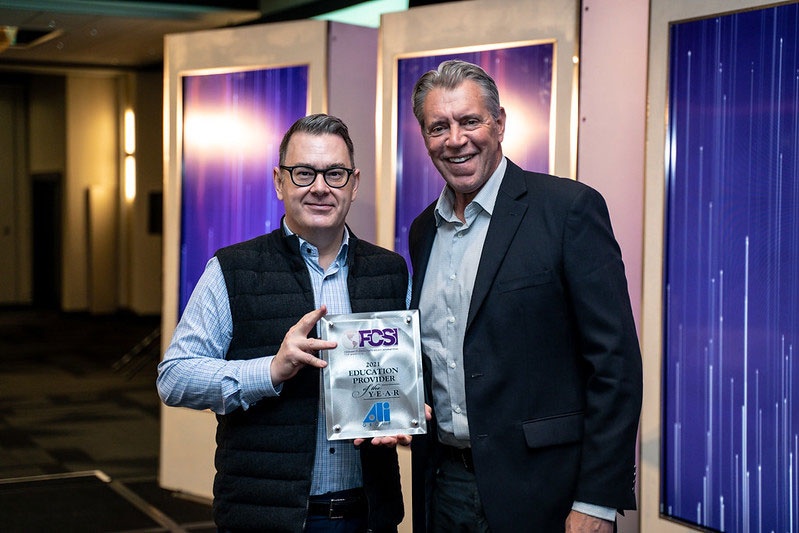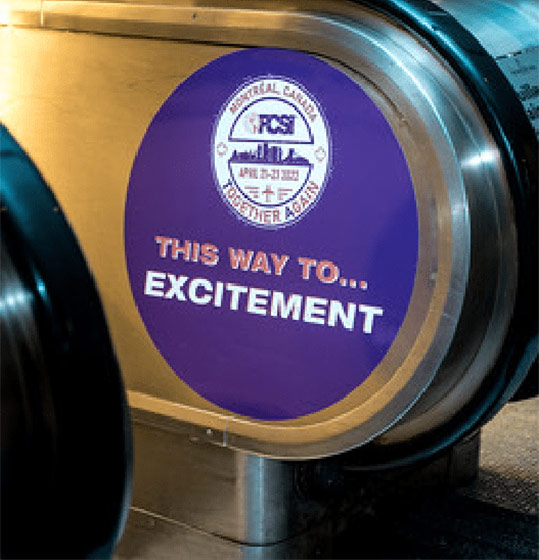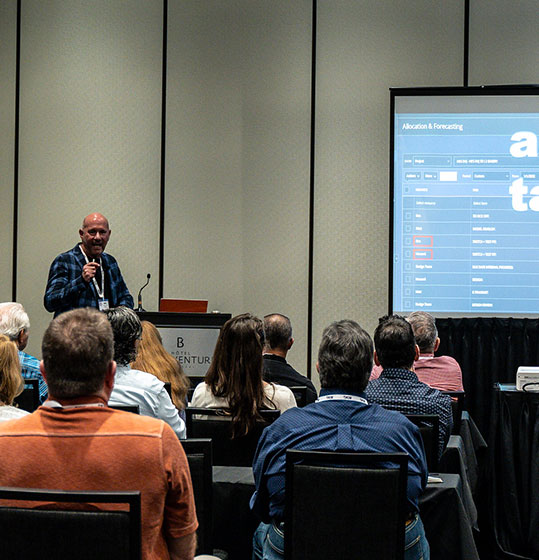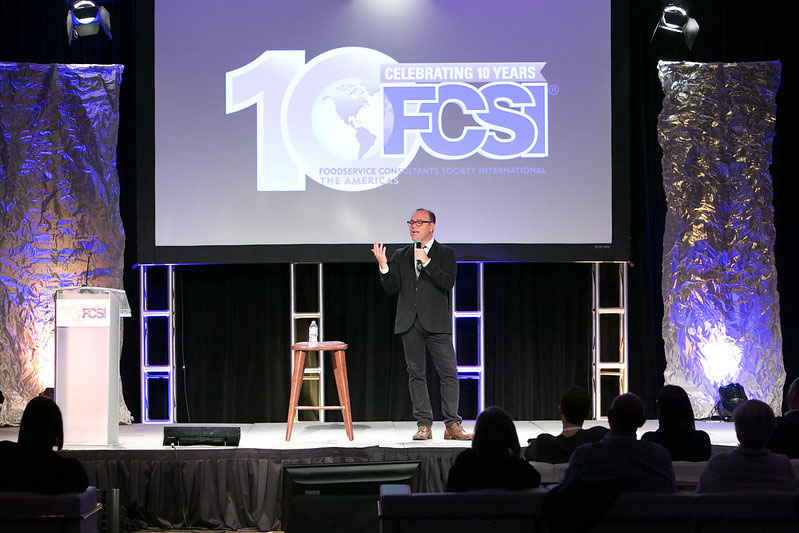Southern California Edison – Deep Dive into Commercial Induction Cooking – (3 CEUs)
Southern California Edison - Foodservice Technology Center 6050 N. Irwindale Avenue, Suite E, Irwindale, CaliforniaThis two-part class will start with a broad overview of all the induction cooking and holding products that are either available in the marketplace or known to be in development. From small countertop single hob units to full-size induction woks and ranges, there is a lot of activity from manufacturers. Next, the class will discuss when and why an operation would need to choose more heavy duty, high-input, induction products versus the lighter duty, lower-input units. In the second part of the class, Chef Mark will demonstrate several induction technologies, illustrating the advantages of induction cooking and holding using several different food types and cooking techniques. Learn how induction technologies will lower operating costs and help create the kitchen of the future and find out how to get utility rebates for purchasing induction equipment. Learning Objectives: Describe the various induction technologies available for commercial kitchen operations Understand what type of induction equipment is best suited for their menu choices and kitchen operations. Take advantage of utility programs and rebates that will help lower the cost of implementing induction cooking in their kitchens. Speakers: Mark Duesler, Chef Consultant at the Frontier Energy, Foodservice Technology Center (FSTC)
